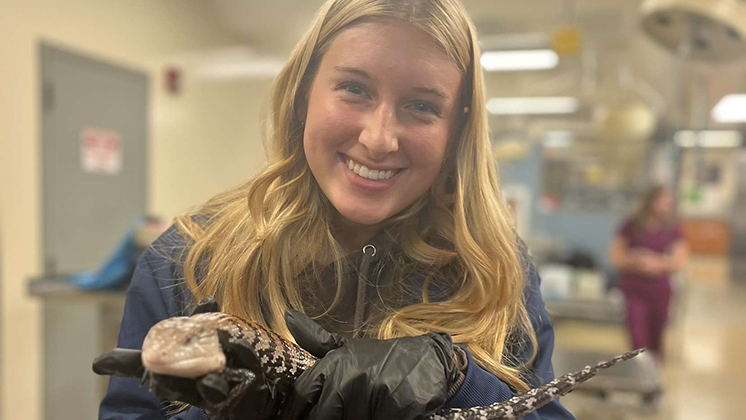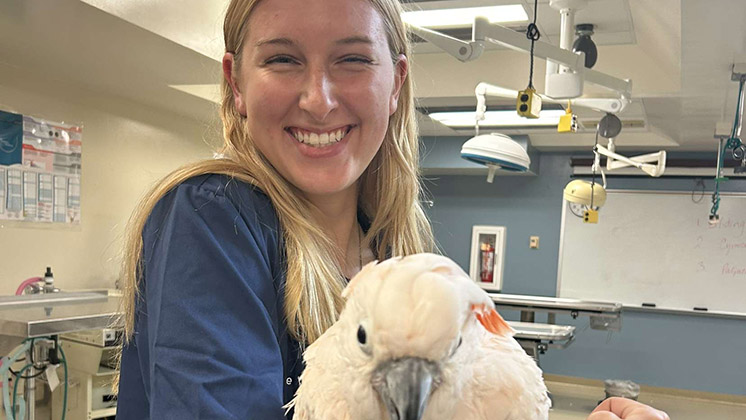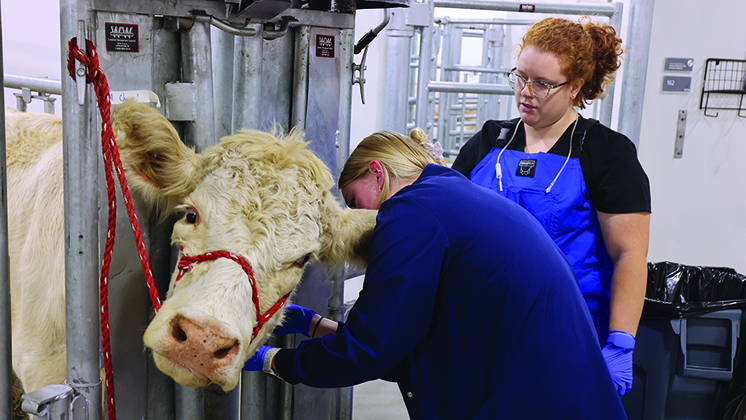Can I Get Financial Assistance for Vet Tech/Nursing School?

by Kelsey Wirt, MS, LVT and Josh L. Clark, MS, RVT
For many aspiring veterinary technicians, vet tech school tuition can pose a significant financial challenge. There are funding sources that can help pay for your educational costs, which can be an invaluable resource in making your education more affordable.
Scholarships
There are numerous scholarships available specifically for students pursuing a career in veterinary technology. These scholarships can come from a variety of sources, including the school itself, non-profit organizations, professional associations, and private companies.
Professional associations, like the National Association of Veterinary Technicians in America (NAVTA) and the American Veterinary Medical Foundation (AVMF), also offer scholarships for vet tech students. These scholarships often require membership in the association, and they may have specific requirements. Private companies within the pet industry, such as pet food manufacturers or pharmaceutical companies, may also offer scholarships to vet tech students. These scholarships often require students to apply, and are not guaranteed funding.
Federal Funding
FAFSA, which stands for the Free Application for Federal Student Aid, is the primary tool used by students in the United States to access federal financial aid for higher education. This includes grants, which do not have to be repaid, work-study funds, which provide part-time jobs to help students earn money to pay for school, and low-interest federal student loans.
In addition to federal aid, filling out the FAFSA can also open doors to state and school-specific financial aid. Many scholarships, grants, and other forms of aid use the information on your FAFSA to determine your eligibility.
Veterinary Partnerships
In some cases, veterinary clinics can create a formal partnership to encourage their employees to earn their vet tech degree. Partnering clinics help cover some or all of the student’s educational expenses. A benefit for veterinary partners is that your veterinary assistants can continue to work full or part time in your practice while they earn a degree that can lead to becoming a credentialed veterinary technician.
One example is Purdue’s Partnership Tuition Rate for their Veterinary Technology Distance Learning (VTDL) program. In order to qualify for the Partner Rate, the following criteria must be met:
- A veterinary practice must enroll a minimum of two employees in the VTDL program.
- The veterinary practice must pay a portion (or all) of the employees’ tuition through Purdue’s Sponsored Billing Program.
- The students must enroll in a minimum of four (4) credits each semester.
There are many opportunities to receive funding to help offset the cost of attending a vet tech program. It's important to start your search early, as some funding resources have deadlines and specific criteria that must be met.
Start Your Veterinary Technician Journey
Find your calling as a Purdue Veterinary Technician!
Not quite ready to apply? Connect with us to learn more.
Suggested Articles

How Can I Help My Vet Assistants Become Vet Techs/Nurses?
Discover how to transform your vet assistants into vet techs, boosting both career growth and practice quality, while enhancing revenue opportunities.
Read more
What is the VTNE and Why Does It Matter?
An overview highlighting the importance of the Veterinary Technician National Exam (VTNE) in becoming a credentialed veterinary technician.
Read more
What Does a Vet Tech (or Vet Nurse) Do?
Explore the detailed requirements for becoming a vet tech. Learn the importance of a degree, the nuances of credentialing, and the distinct state regulations. Can you become a vet tech without formal education? Discover the advantages and limitations of each pathway.
Read more
